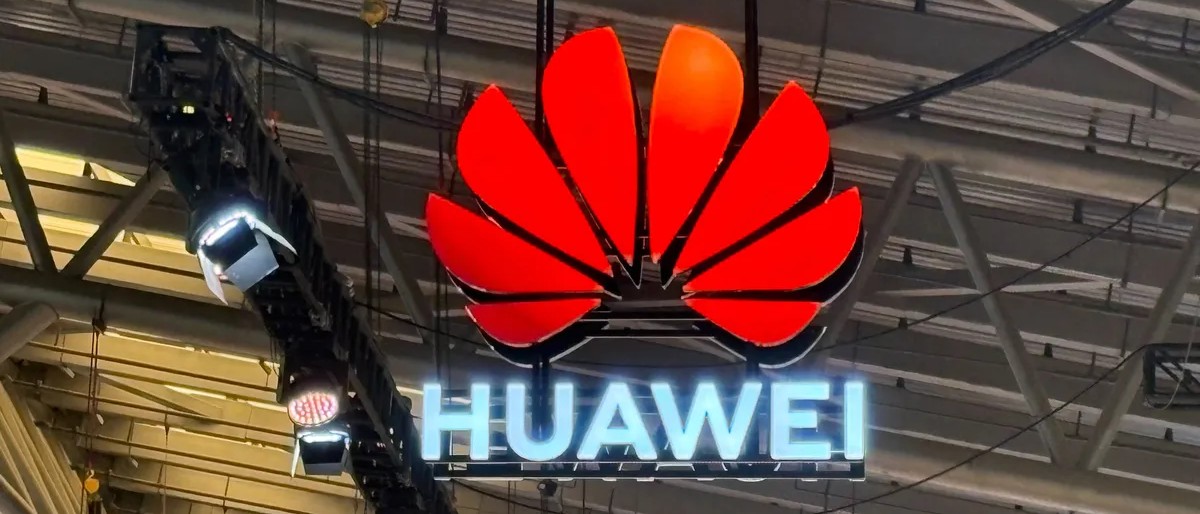China's Huawei powers ahead solo with 5G-Advanced, predicts 100 million smartphones will be 5G-A compatible by the end of 2025 - and it's only just getting started
Huawei's market is likely to be mostly, if not entirely, in China

- Huawei projects over fifty 5G-Advanced networks will operate globally
- AI agents are expected to outnumber traditional apps by 2030
- Huawei predicts nearly four hundred million AI-enabled phones by 2025
Huawei has unveiled its latest advances in 5G-Advanced (5G-A), outlining a roadmap that combines wireless connectivity with artificial intelligence.
The company projects that by the end of 2025, one hundred million consumers will own smartphones compatible with 5G-A, while more than fifty large-scale networks will be in operation.
The forecast shows Huawei’s confidence, but it remains unclear how these expectations will align with market adoption outside China.
Network design and technical strategies
Huawei’s approach builds on “AgenticRAN,” a framework that integrates intelligence into spectrum, energy, and operations.
The company describes this as a step toward AN L4 automation, but such classifications are internal benchmarks rather than universally recognized standards.
New hardware, such as the ultra-wideband AAU series, introduces dual-band fused array designs intended to enable faster coverage.
Huawei states that its Pano Radio and EasyAAU solutions are designed to support larger numbers of connections with lower latency, targeting real-time AI workloads.
Sign up to the TechRadar Pro newsletter to get all the top news, opinion, features and guidance your business needs to succeed!
In addition, the architecture is described as establishing a foundation network with a large bandwidth of 100 Mbps, meant to support ubiquitous IoT connectivity and real-time services in the mobile AI era.
The company also emphasizes connectivity across all environments, from dense cities to remote rural areas.
Solutions like RuralCow and LampSite X are presented as examples of this approach, with deployments extending into oceans and deserts.
The technology also features digital antenna and power systems, which shift passive components into controllable, data-aware infrastructure.
While the improvements may enhance operational efficiency, industry observers continue to note that widespread success depends on interoperability and cost management.
A central claim is that by 2030, the number of AI agents will surpass traditional apps, reshaping how users interact with devices.
These agents are described as enabling intent-driven communication, multi-device collaboration, and even holographic interaction.
If realized, this would change the way consumers engage with personal assistants, blending advanced AI tools directly into networks and everyday devices.
Huawei links this trajectory to the expected growth of AI-enabled phones, predicting that shipments of such devices will reach nearly 400 million units by the end of 2025.
Although Huawei frames these advances as transformative, questions remain about global acceptance.
The fastest progress may occur in China, where regulatory and manufacturing conditions align in the company’s favor.
Outside China, adoption will depend on whether vendors of leading smartphones and laptop makers working with advanced AI agents choose to support Huawei’s ecosystem.
The company’s vision also assumes that network operators will prioritize 5G-A upgrades over other infrastructure investments, although this may not be the case.
For now, Huawei positions 5G-A as both a technological step and an economic driver projecting trillions in output, yet its actual impact will be judged by real-world deployments rather than predictions.
Via MediaConnect
Follow TechRadar on Google News and add us as a preferred source to get our expert news, reviews, and opinion in your feeds. Make sure to click the Follow button!
And of course you can also follow TechRadar on TikTok for news, reviews, unboxings in video form, and get regular updates from us on WhatsApp too.
You might also like
- Check out the best mini PCs for all budgets
- Take a look at the best cloud storage for photos
- Google's AI coding agent Jules is getting new command line tools

Efosa has been writing about technology for over 7 years, initially driven by curiosity but now fueled by a strong passion for the field. He holds both a Master's and a PhD in sciences, which provided him with a solid foundation in analytical thinking.
You must confirm your public display name before commenting
Please logout and then login again, you will then be prompted to enter your display name.